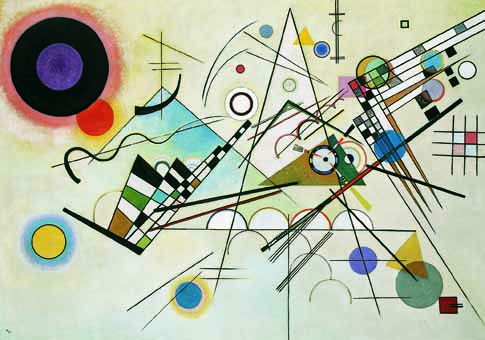First Impressions – Inner Expressions
Poem #2
by Octavia, age 15, Garfield High School
If art is healing then sickness is not being able
to express yourself.
If sickness is not being able to express yourself,
funk is the cure…
Curing your heartbreaks, curing your loss,
curing your loneliness, curing the cause.
Funk sounds like laughter louder than their whispers.
Funk feels like healing…
healing the pain that caused so many tears.
Healing feels like you getting over a struggle…
a rash spreading rapidly that has weakened your body
and taken over your soul with no way out.
Screaming is pointless because you’re the only one that hears.
My mother’s tears, from her eyes, to her cheeks, to her ears
…she was the strongest through it all…
smiling through her pain is when she’s the prettiest to me.
Funk is music.
A generation of self-expression and fun
…my grandparents with high afros and high shoes.
Funk is the cure of a sickness no one can control.
A healing process that makes all troubles disappear
and all the tears fade away… all the memories grow faint.
Funk makes life easier…
easier to drown out the hate, easier to ignore the doubt.
You can’t be mad, can’t be sad. You just let funk take over.
Funk is when you’re you.
It’s when you’re smiling to destroy the ones that like to see you cry.
It’s when you’re standing tall, upsetting the ones that like to see you fall.
And, when you are being yourself,
no one can take that away.
The Northwest African American Museum (NAAM) Youth Curators is a community outreach program that introduces local teens to the Museum world and encourages their creativity and expression through themed projects. The 2012 project, First Impressions – Inner Expressions, was co-facilitated by Daemond Arrindell who led the students in a process to write and speak their opinions. They became familiar with navigating rhythms, owning their expression and connecting to the power of words. Much of the inspiration for the spoken word was derived from the current NAAM exhibition Xenobia Bailey: The Aesthetics of Funk.
Octavia will present her poem along with other student poets on Saturday, April 7, 2012, 1:00 – 3:00 at the Northwest African American Museum to celebrate the exhibition opening and the 2012 Dr. Carver Gayton Youth Curator Program.




